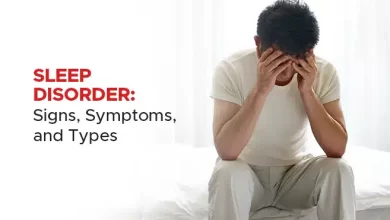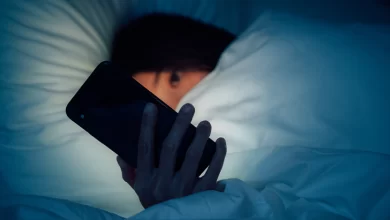Sleep Paralysis: Symptoms, Causes, and Treatment
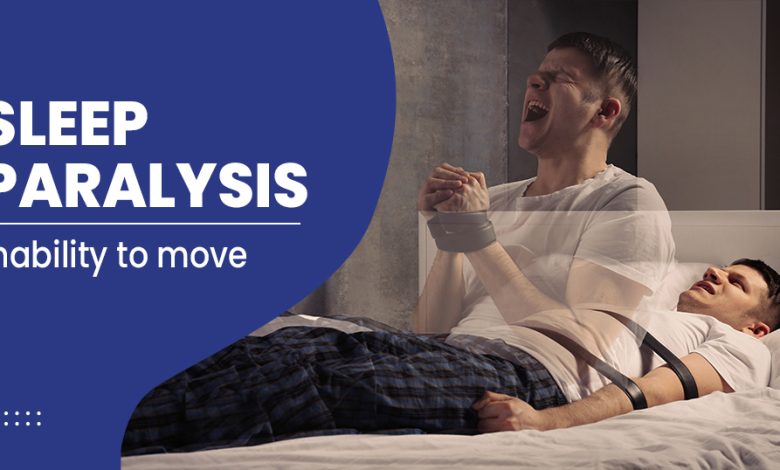
Introduction:
Sleep paralysis is a temporary inability to move or speak that occurs immediately after falling asleep or waking up. Although the states of sleep and wakefulness are usually clearly defined and distinguishable, conditions such as sleep paralysis can blur those boundaries. People retain consciousness during the episodes, often accompanied by disturbing hallucinations and feelings of suffocation.
Although not much is known about sleep paralysis, learning about its types, symptoms, causes, effects, and treatment can help better understand the condition. ways to avoid it.
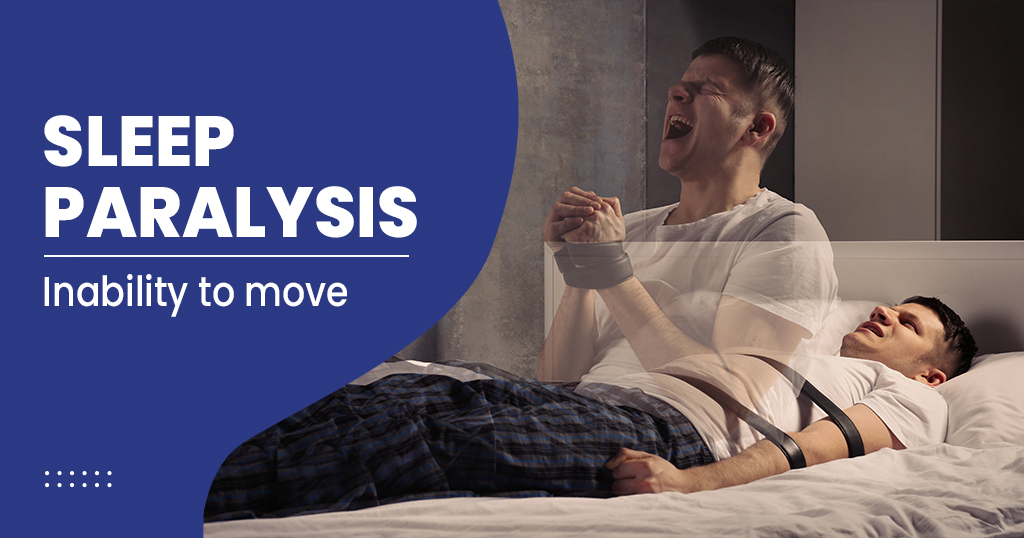
What Is Sleep Paralysis?
Sleep paralysis is a condition characterized by a short-term loss of muscle control, called atonia, that occurs shortly after falling asleep or before waking up. In addition to asthenia, people often experience hallucinations during sleep paralysis.
Rest paralysis is considered a parasomnia, which is abnormal behavior during sleep. Because sleep paralysis is associated with the rapid eye movement (REM) phase of the sleep cycle, sleep paralysis is considered a REM parasomnia.
Normal REM sleep involves vivid dreams and atonia, which usually help prevent dream activity. Atonia usually ends after awakening, so the person is never aware of this inability to move.
Because of this, researchers believe that sleep paralysis involves a state of mixed consciousness that combines both wakefulness and REM sleep. In fact, the atonia and imagery of REM sleep seem to persist even when conscious and awake.
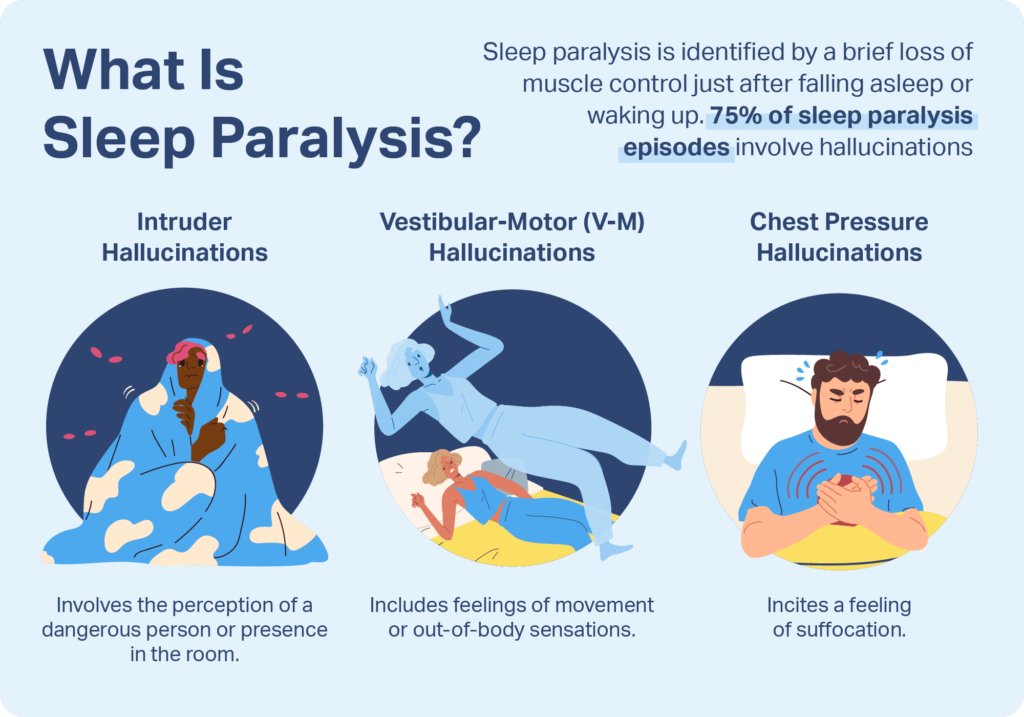
Types of Sleep Paralysis
Doctors usually classify cases of sleep paralysis into two categories:
- Isolated Rest Paralysis: These single episodes of rest paralysis are associated with a symptom of narcolepsy, a neurological disease that prevents the brain from properly controlling the vigil It doesn’t connect. It often leads to rest paralysis.
- Rest paralysis: This condition consists of multiple episodes of sleep paralysis over time. Sleep paralysis is often associated with narcolepsy.
Often, these two conditions are combined to describe a condition called isolated rest paralysis (RISP). This applies to persistent cases of sleep paralysis in people without narcolepsy.
What is sleep paralysis like?
The main symptom of rest paralysis is asthenia, the inability to move or speak. People also report difficulty breathing, chest tightness, and feelings such as fear or restlessness during an episode of sleep paralysis. It is common to feel very sleepy or tired the day after a sleep episode.
Up to 75% of rest paralysis episodes also include delusions that are different from normal dreams. This can occur as hypnagogic hallucinations during sleep or as hypnagogic hallucinations when awake.
Sleep hallucinations are divided into three categories:
- Human hallucinations: These illusions occur when an evil person enters the room. exists or exists.
- Illusion of chest pressure: Also known as the nightmare illusion, you may feel like you are suffocating or feel like someone is sitting on your chest. This often occurs with intrusive hallucinations.
- Vestibular Motor (V-M) Hallucinations: V-M hallucinations may involve movement phenomena, such as the sense of flow, of feeling outside the body.
How Common Is Sleep Paralysis?
Although the condition varies, researchers believe that 20% of people will experience rest paralysis at some point in their lives. Little is known about the number of episodes that will be produced in this group. Rest paralysis can occur at any age, but the first symptoms appear during childhood, adolescence, or young adulthood. Episodes may begin in the teens and become more severe in the 20s and 30s.
What causes rest paralysis?
In most cases, sleep paralysis is not a sign of a problem. Rest paralysis can occur alone or in conjunction with other health conditions, such as:
- High blood pressure
- Mental health problems (especially anxiety and post-traumatic stress disorder) (PTSD)
- Obstructive sleep apnea
- Narcolepsy – be caused by brain problems that cause excessive daytime sleepiness despite getting enough sleep at night
- Alcohol or drug abuse
Rest paralysis has also been linked to:
- Insufficient sleep (e.g. from overwork or insomnia )
- Irregular sleep patterns (e.g. those associated with movement or patterns) or jet lag)
- Due to the birth of the paralysis of sleep
- sleep on my back
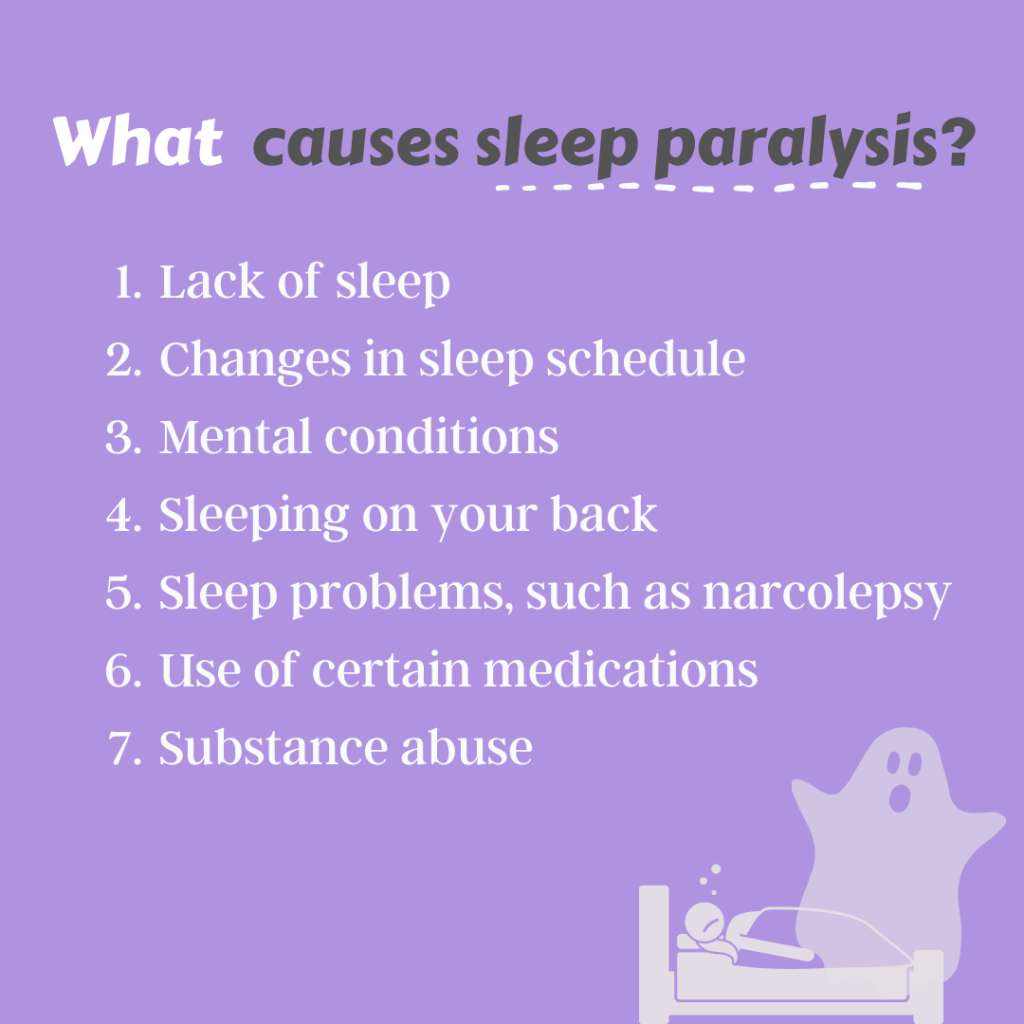
How is sleep paralysis treated?
Rest paralysis is not a serious problem for most people and does not require treatment. It’s great to learn about rest paralysis and be reassured that it’s nothing to worry about.
If you need treatment, you can do the following:
- Some types of medication
- Relaxation and meditation techniques
- Cognitive behavioral therapy
Your doctor may refer you to a sleep specialist.
It is also important to treat medical conditions that may cause sleep problems.
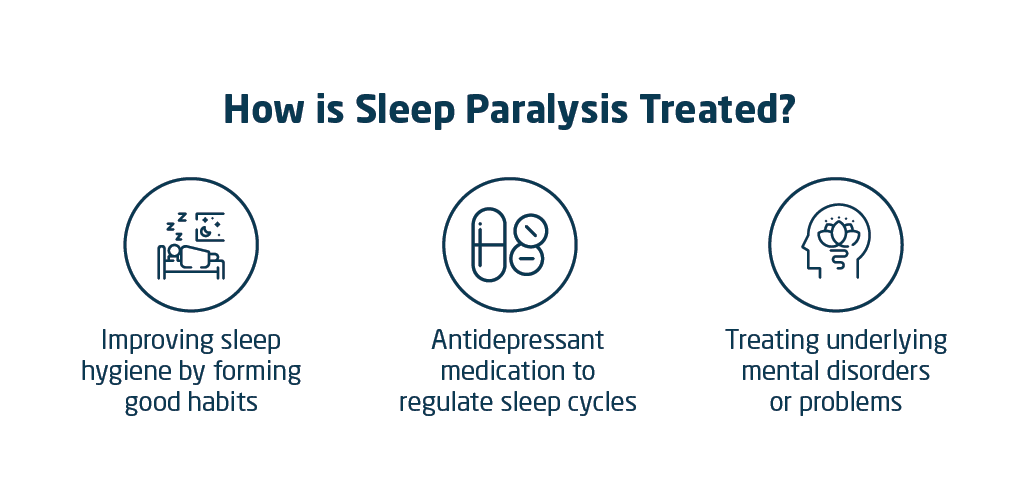
Can rest loss of motion be prevented?
Getting sufficient rest may diminish your chances of encountering rest loss of motion. Most grown-ups require between 7 and 9 hours of rest a night. It may moreover offer assistance to keep to a standard resting design, by reaching to bed around the same time each night and getting up at the same time each morning.
Other ways to progress your resting propensities incorporate the following:
- Cut down on coffee and other drinks containing caffeine — and maintaining a strategic distance from them totally within the evening.
- Get customary work out, but not as well near to bedtime.
- Do not drink liquor, smoke or eat huge suppers some time recently bedtime.
- Reduce your push and make a unwinding environment, and particularly some time recently bedtime.
- Avoid screens for 1 to 2 hours some time recently sleep time.
Conclusion:
Although the increased fear associated with sleep paralysis is a benign phenomenon in itself, it can lead to anxiety disorders in some patients. It can also cause poor sleep quality, which in turn is a risk factor for rest paralysis.
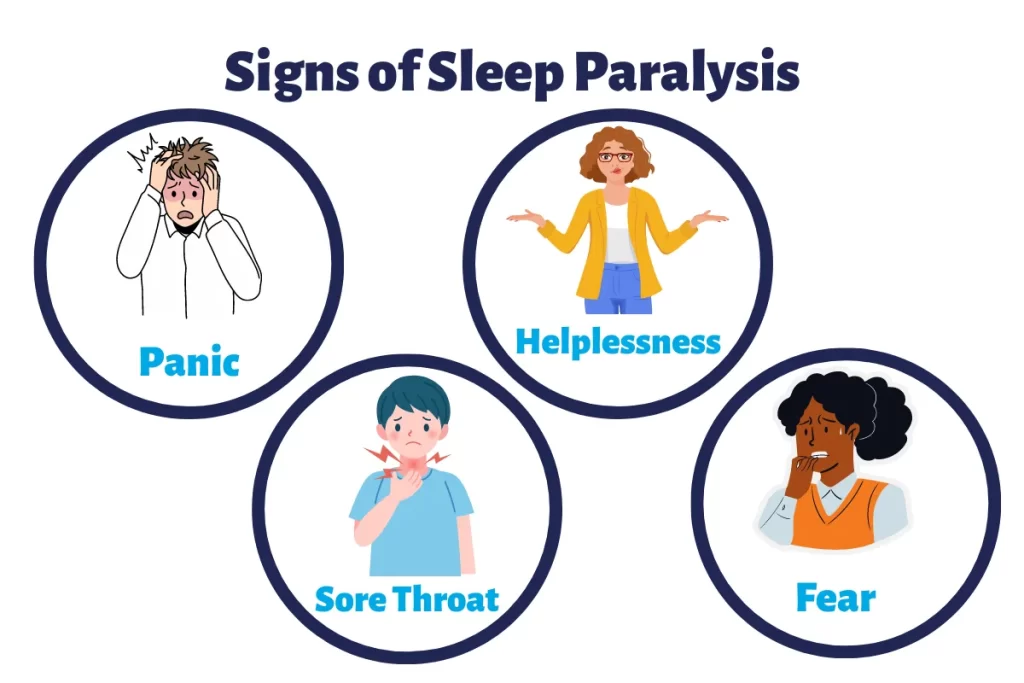
What is the best treatment for rest paralysis?
There are no proven therapies that can stop a rest paralysis episode, but most people who experience it routinely report that focusing on making small body movements (such as moving one finger, then another) helps them to recover more quickly.
What are the main causes of rest paralysis?
It’s not clear why rest paralysis can happen but it has been linked with:
insomnia.
disrupted sleeping patterns – for example, because of shift work or jet lag.
narcolepsy – a long-term condition that causes a person to suddenly fall asleep.
post-traumatic stress disorder (PTSD)
generalised anxiety disorder.
panic disorder.
Is there medicine to stop rest paralysis?
Antidepressant medications are sometimes used by sleep specialists to treat rest paralysis. They include: Tricyclic antidepressants, like imipramine, clomipramine, and amitriptyline. Selective serotonin reuptake inhibitors (SSRIs), like fluoxetine.
